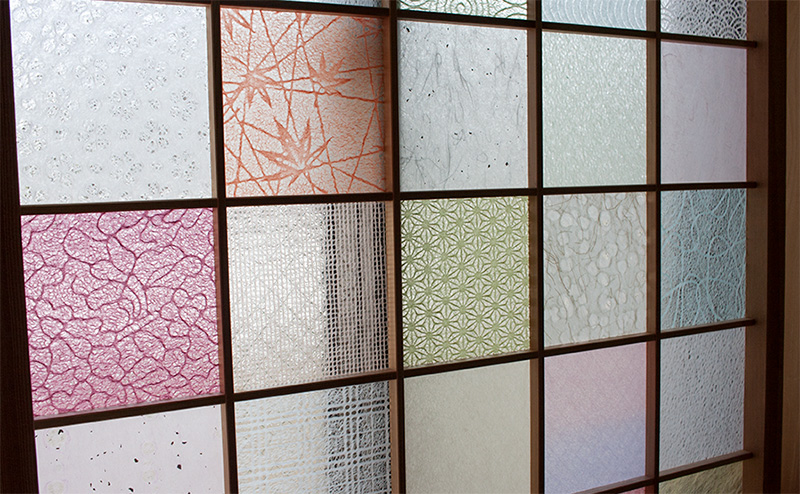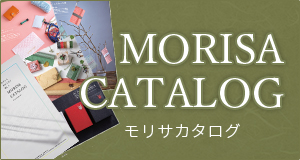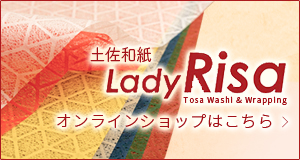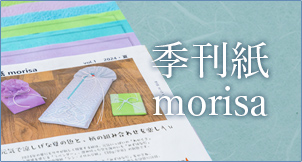About Washi

What do you think of when you think of Japanese paper?
Each person may have his or her own image of washi, such as shoji paper, fusuma (sliding doors), and calligraphy paper.
That is how integrated washi was in the daily lives of the Japanese people.
However, with the westernization of housing conditions and lifestyles, washi is being lost from our lives.
However, I believe that washi paper is only lively when it is used in daily life.
The bill is the representative Japanese paper.
The most appropriate way to describe washi is in terms of bills (paper money).
One of the characteristics of bills is that they are resistant to water and tearing. Even if they are accidentally washed, they do not melt, and they do not tear easily even if folded many times. The sturdiness of these features is due to the fact that the bills are made from non-wood fibers such as mitsumata and Manila hemp.
Japanese banknotes are highly regarded around the world for their resistance to counterfeiting, and in fact, it is in this most frequently used item in our daily lives that the characteristics of washi are most fully utilized.
What is Washi?
According to Wagamido’s “Washi Culture Dictionary,” Japanese paper is…
A general term for a unique type of paper developed in Japan. Originally a term developed in the early Meiji era (1868-1912) for Western paper, it was originally made by hand from lignin fibers such as kozo (paper mulberry), mitsumata (mitsumata), and gampi (gampi) and their waste paper, which was often mixed with a viscosity agent (neri) extracted from the roots of tororoaoi and the inner bark of noritsugi (a type of Japanese knotweed) before being made into paper. In the narrow sense of the term, it refers only to handmade paper, but machine-made pseudo-washi paper using wood pulp and Manila hemp as the main raw material began to be made using circular mesh paper machines in the early Meiji period. In the broad sense of the term, this is also included in washi along with handmade paper.
The characteristics of washi seem to lie in the characteristics of the raw materials and the manufacturing method, which are mainly non-wood fibers in this way.
Although some washi is still made by hand in the traditional way, the number of handmade washi is decreasing year by year due to the aging of craftsmen, lack of successors, decrease in the number of farmers who grow the raw materials, and many other factors. Handmade washi will continue to be handed down as a valuable traditional craft. On the other hand, more and more Japanese paper used for packaging and printing is being made by machine.






